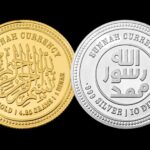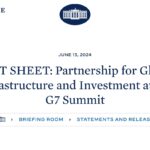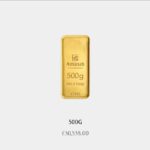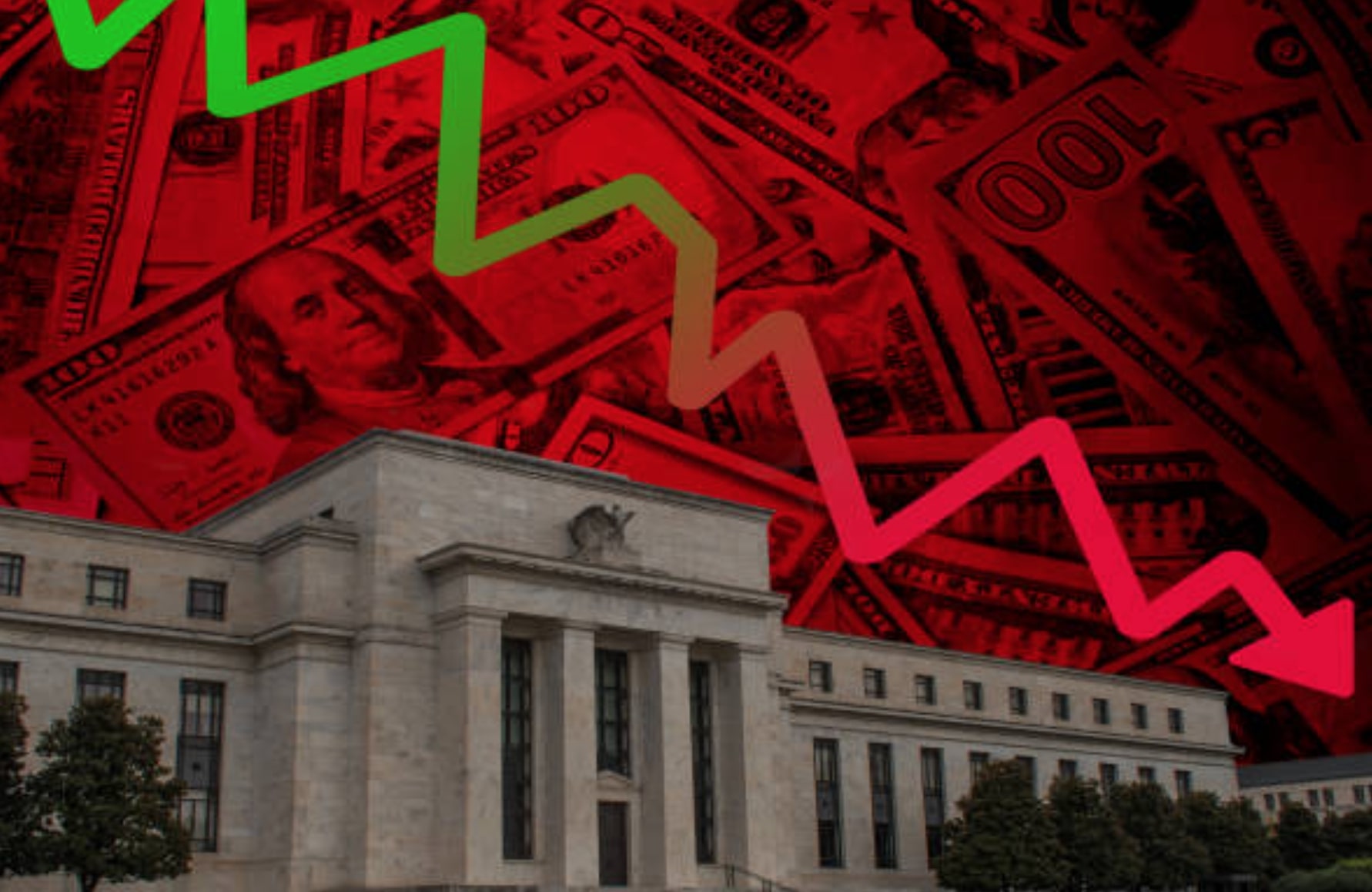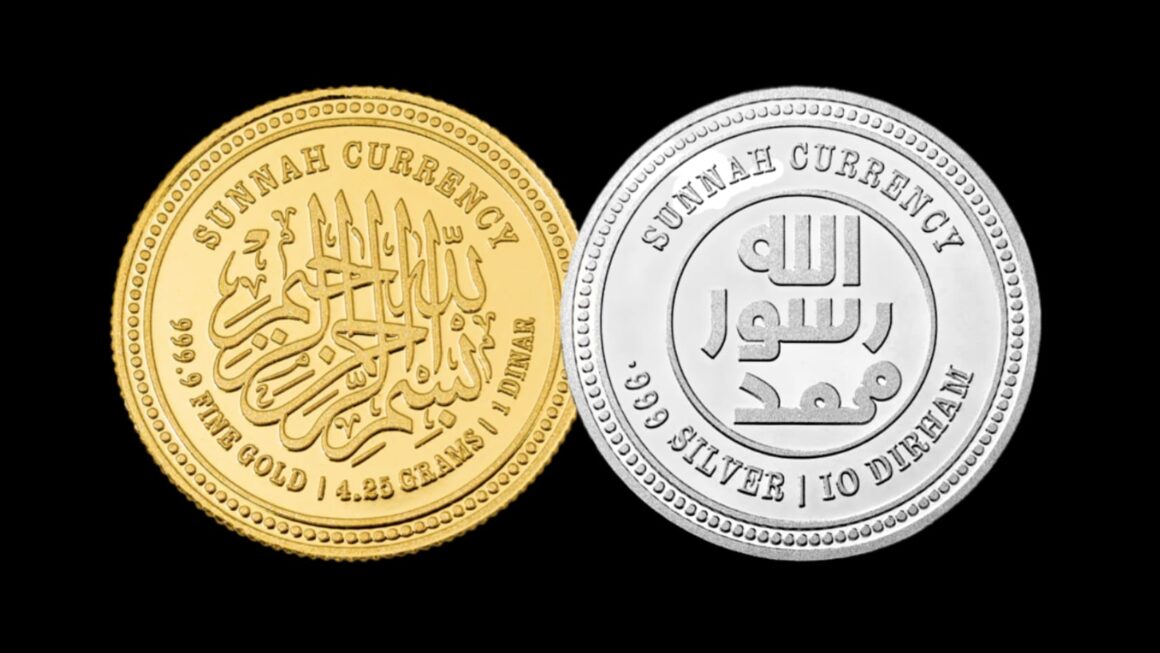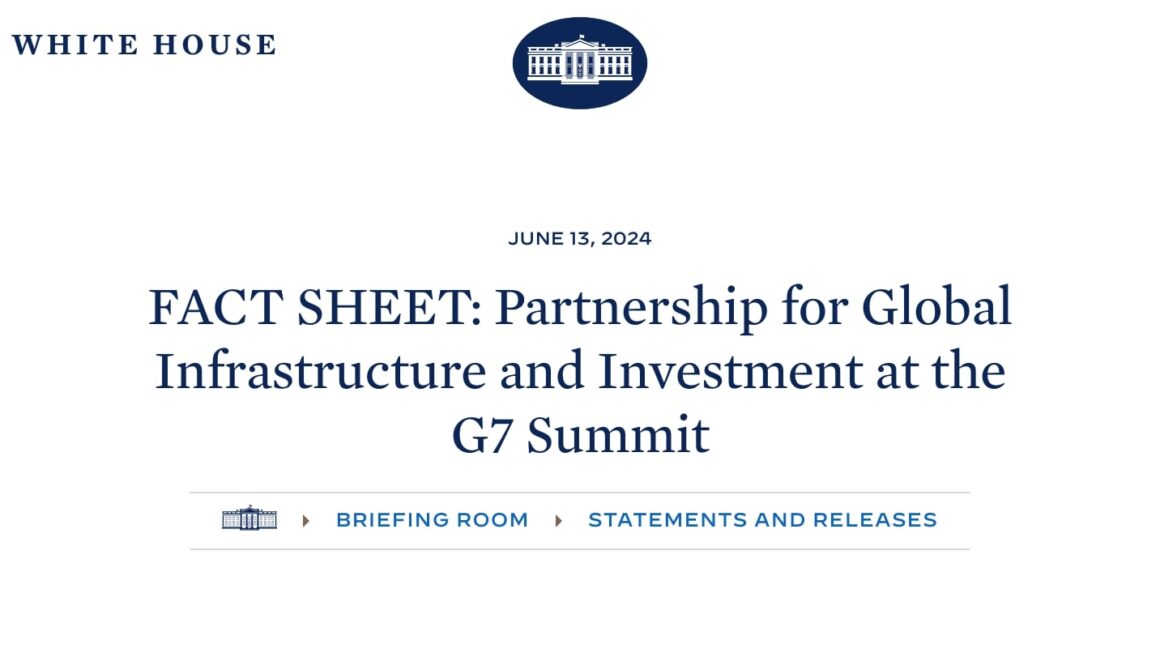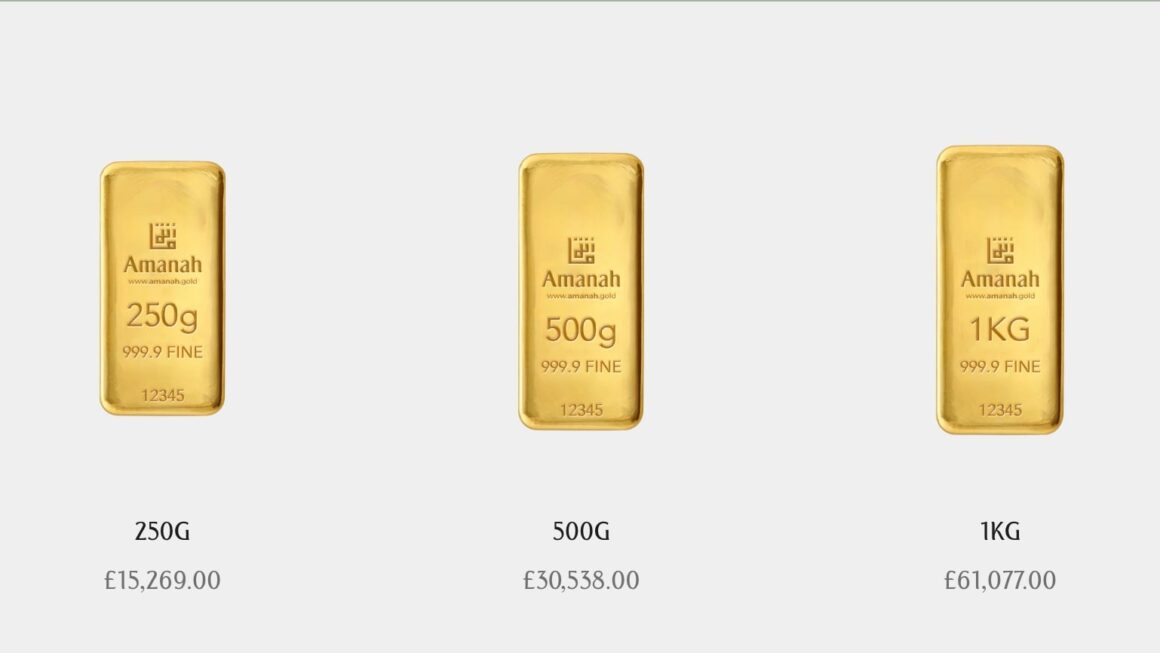In a world of financial intrigue and economic uncertainty, recent actions and subtle admissions from the Federal Reserve have sparked widespread speculation: Is gold, the age-old standard of wealth, quietly replacing the dollar as the linchpin of global finance?
### A Subtle Shift in Federal Reserve Policy
Over the past year, keen observers have noted a significant yet understated shift in the Federal Reserve’s approach towards gold. Historically, gold has been viewed as a relic, a barbarous relic even, in a world dominated by fiat currencies and digital transactions. However, recent policy changes and statements suggest a nuanced acknowledgment of gold’s enduring relevance.
In its latest monetary policy reports, the Federal Reserve has made passing references to gold that hint at its renewed importance. While these mentions are veiled in economic jargon and buried deep within extensive documents, the implications are profound. Analysts argue that the Fed’s increasing attention to gold is a tacit admission that the yellow metal is regaining its status as a cornerstone of financial stability.
### The Dollar’s Decline
The U.S. dollar, long the world’s primary reserve currency, is facing unprecedented challenges. Massive fiscal deficits, burgeoning national debt, and inflationary pressures have eroded confidence in the dollar’s long-term value. Additionally, geopolitical tensions and trade imbalances have prompted several countries to diversify their reserves away from the dollar, seeking alternatives to reduce their dependency on the U.S. currency.
Amid this backdrop, gold has emerged as a viable alternative. Central banks across the globe, including those in China, Russia, and India, have been bolstering their gold reserves. This trend is seen as a strategic move to hedge against the dollar’s volatility and potential decline.
### Gold’s Resurgence
Gold’s resurgence is not merely a reactionary measure; it reflects a fundamental shift in the global economic landscape. Unlike fiat currencies, gold is not subject to the whims of central banks or governments. Its value is intrinsic, rooted in its scarcity and historical role as a store of wealth. In times of economic uncertainty, gold’s appeal as a safe-haven asset is unparalleled.
The Federal Reserve’s subtle nods towards gold can be interpreted as an acknowledgment of these dynamics. By quietly shifting its stance, the Fed may be preparing for a world where gold plays a more prominent role in international finance.
### Implications for Investors
For investors, the Fed’s tacit admission has significant implications. Gold, often seen as a hedge against inflation and economic instability, is now being recognized as a potential pillar of the financial system. This recognition could drive a surge in gold investments, as market participants seek to capitalize on its renewed importance.
Furthermore, the potential revaluation of gold as a central asset could lead to substantial price increases. As demand for gold intensifies, its market value could rise dramatically, offering substantial returns for early investors.
### Conclusion
The Federal Reserve’s quiet admission that gold is replacing the dollar marks a pivotal moment in the financial world. It signals a shift towards a more stable, gold-centric economic order, reflecting deep-seated concerns about the dollar’s future and the global financial system’s stability. For those attuned to these developments, this transition offers both challenges and opportunities, heralding a new era where gold reclaims its throne as the ultimate standard of value.




